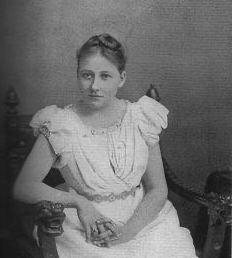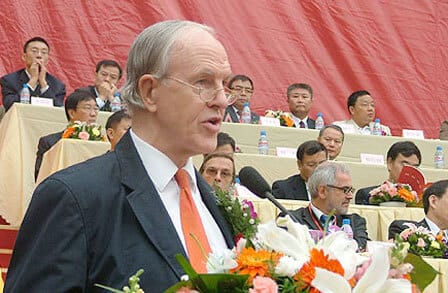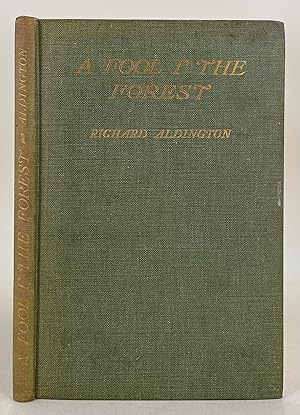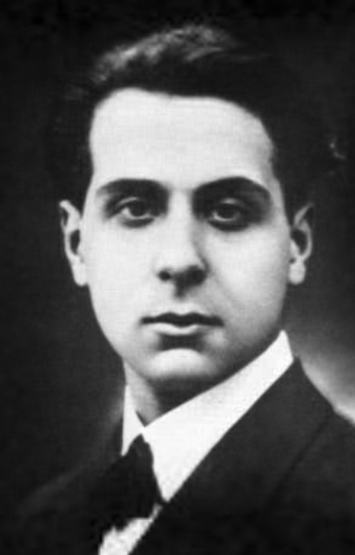Report of the Forty-First Meeting of the London D. H. Lawrence Group
Lee Jenkins
Lawrence and Imagist Networks
February 27th 2025, by Zoom, 18.30-20.00 UK time
ATTENDERS
Twenty-seven people attended, including, outside of England, Philip Chester in Deep River, Ontario, Philip Bufithis in West Virginia, Shanee Stepakoff in Connecticut, Keith Cushman in North Carolina, Tina Ferris in California, Robert Bullock in Paris, Shirley Bricout in Brittanny, Nesrin Eruysal in Ankara, and Jim Phelps in Cape Town
INTRODUCTION
Lawrence’s relationship with the Imagist movement has been dismissed as nominal and expedient. According to Richard Aldington, ‘Lawrence was such an individualist that he didn’t care a hoot about groups and their alleged principles’. Aldington said this, however, after he had disavowed his own leading role in Imagism’s verse revolution to style himself instead as a Lawrence-like outlier. This talk reappraises Lawrence’s affiliation with the Imagist ‘group’ formed, on the eve of the First World War, between Aldington, Amy Lowell, H.D., F.S. Flint and John Gould Fletcher. The publication in 2018 of Volume III of the Cambridge Edition of The Poems: Uncollected Poems and Early Versions, edited by Christopher Pollnitz, exposes the close connectivities between Lawrence’s uncollected war poems and Imagist networks. Taking its steer from Pollnitz, this paper focuses on three of Lawrence’s poems, ‘Eloi, Eloi, llama sabachthani?’, ‘Errinyes’ and ‘Resurrection’, all of which were published on Imagist platforms and so may be read as civilian counterparts to Aldington’s soldier-poems in Images of War. In reassessing Lawrence’s relationship to Imagism, I will suggest, we also reassess Imagism’s relationship to the poetry of the First World War.
BIOGRAPHY
Lee M. Jenkins is Professor of English at University College Cork. She is the author of The American Lawrence (Florida, 2015) and Great War Modernists: D.H. Lawrence, H.D. and Richard Aldington (Bloomsbury, 2024). She is currently editing, with Jane Potter, the Bloomsbury Handbook to Modernism and War.
READING
Poems: ‘Ecce Homo’ first war poem, November 1914, Poetry, ‘Eloi, Eloi, Lama Sabachthani?’ (The Egoist imagist special issue May 1915), ‘Resurrection’ (Poetry June 1917), ‘The Turning Back’, ‘Erinnyes’ (Some Imagist Poets 1916)
PRESENTATION
Lee started by clarifying that she was not arguing that Lawrence should be seen as an Imagist; rather, that he has to be seen ‘in the mix’. His involvement in Imagist circles helped to tip Imagism from the avant-guerre into the War years. However, the significance of his relationship to Imagism has long been denied. In The Egoist of May 1915 Harold Monro, in an article entitled ‘The Imagists Discussed’, wrote ‘I shall dismiss D. H. Lawrence in a few words. Strictly speaking, he is not an Imagist. […’ I cannot think of him a natural growth of the movement’. Lawrence contributed to Amy Lowell’s annual anthology of 1915-17, Some Imagist Poets, but Ezra Pound claimed that Lawrence ‘was never an Imagist. He was an Amygist’. In part this may have been because Lawrence was seen as having come late to Imagism. Most of his poems flout the Imagist principle of concision. However, Lee noted, under Amy Lowell’s influence Imagism was ‘a broad church’. She and Lawrence met on the eve of the War. Richard Aldington published all his uncollected war poems on Imagist platforms. Likewise Lawrence published three of his major, civilian, war poems on these platforms.
Lee discussed these (religiously freighted) War poems in turn, noting that Amy Lowell objected to several of them (for example the indecency of Eloi, Eloi, Lama Sabachthani?’). Editing sometimes altered them; for example Harriet Monro, editor of Poetry, conflated two different versions of ‘Resurrection’ and re-sequenced the stanzas, yielding the unauthorised version of the poem that she published. Lee suggested that this version reflected her own views on the War, and support for the League of Nations. Overall, publication in Imagist anthologies helped to publicise Lawrence, and to earn him money, as well to project a civilian take on War on the movement.
DISCUSSION
Terry Gifford saw ‘Resurrection’ as a highly social poem, projecting a possible start for a new society after the War when ‘the earth itself will triumph’. Lee agreed, and noted that it was interesting to see Lawrence’s views on the War changing over its successive drafts. When it was published in Poetry in 1917 it appeared alongside Pound’s Cantos, and there were indeed commonalities in what they were doing.
Marina Ragachevskaya wondered about Amy Lowell’s principles of selection for Some Imagist Poets, observing that Pound dropped out of these. Lee responded that there was an informal editorial committee of Lowell, Aldington, and HD (until Aldington was called to the War). They saw their method as more democratic than that of Pound (in Des Imagistes), who even printed Joyce without Joyce’s knowledge or permission. Pound and Lowell’s falling out led to Pound’s turn to Vorticism with Wyndam Lewis. Lowell’s principles of inclusion to some extent adhered to Pound’s own Imagist principles (of compression, and objection to cosmic poetry), as expressed in the prefaces of the 1915 and 1916 editions. Nonetheless, many of the poems selected – including those by Lawrence – did not meet these criteria (All of Us being the poetry collection by Lawrence that came closest to the principles of Imagism). Andrew Harrison thanked Lee for making him aware that, even though Lawrence eventually departed from Imagist anthologies, he was still writing for Imagist magazines.
Philip Bufithis asked whether Lawrence could have written as he did without having read Whitman, and whether certain sections of Leaves of Grass resembled works found in Imagist publications. Lee answered that there is a strain of criticism in the US that argues that Whitman is indeed a native American Imagist, and that the relationship between Whitman and Imagism is in any case close.
Shanee Stepakoff approved of defining Imagism in a generous, flexible way. Lee agreed, though added that she did find that the new modernist studies had gone rather too far in the direction of expansive definitions, and in doing so had rather exploded the category of modernism. Shanee also asked about Lawrence’s quotation of Aramaic in ‘Eloi, Eloi, Lama Sabachthani?’. The discussion confirmed that the Greek New Testament and its Latin (and other) translations retain the original (and translate it). In the twentieth century it has frequently been interpreted as an expression of dying atheism on Christ’s part. It is also, however, a quotation from the opening of Psalm 22, which begins in despair and ends with praise of God.




